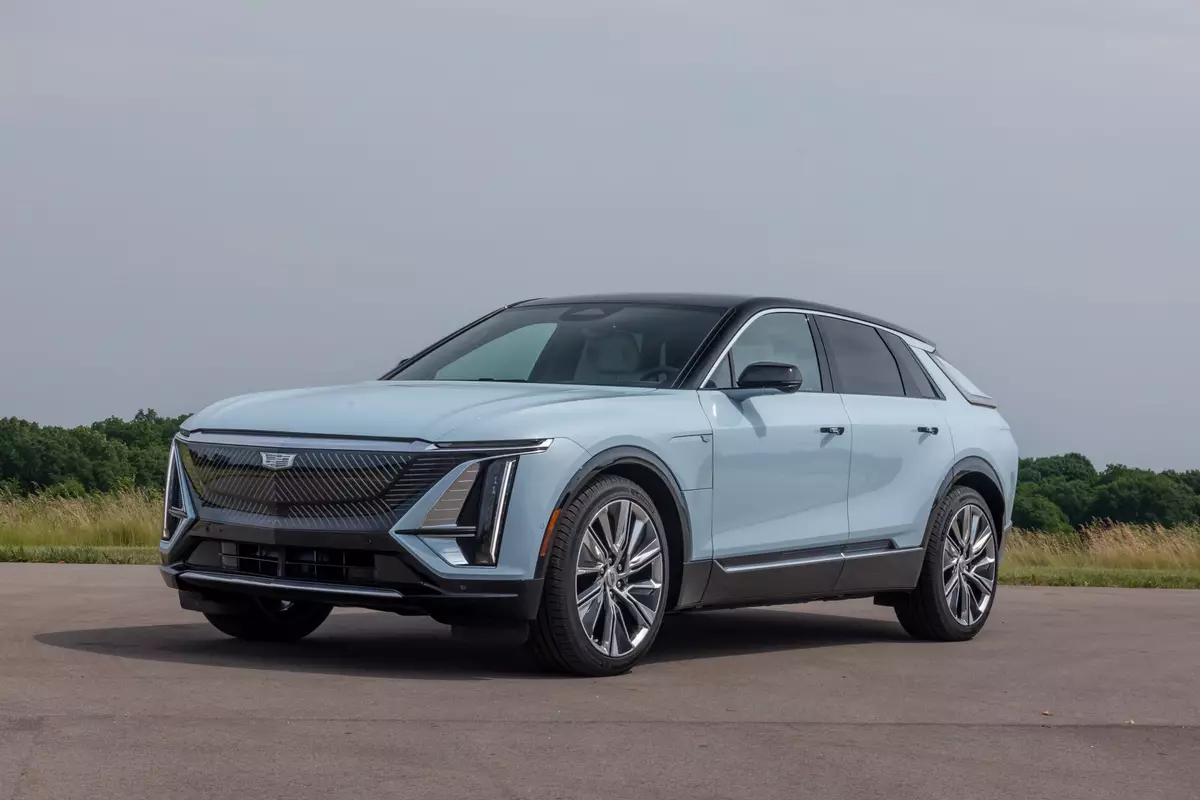washingtonpost.com's view
THE SUZUKI SAMURAI entered the United States in late 1985 as an automotive thug. Its ride was brutal. Its handling at highway speeds was frightening. And it was noisy enough to qualify as a public nuisance.
Ah, but this tiniest of four-wheel-drive vehicles was cute. And it was “priced right” at $6,500.
I said then that the Samurai would be a hit among young folks. I also said it would become popular with product-liability lawyers. I was right on both counts.
Today the Samurai is selling at the impressive rate of 8,000 vehicles per month, largely to younger buyers, 25 and under. It’s also appearing before a growing number of juries in court cases stemming from roll-over accidents.
Suzuki says its first-generation Samurai vehicles are safe. The plaintiffs disagree. Presumably, the courts will decide who’s right.
What’s certain is that the 1988 1/2 Samurai is superior to those earlier models that have brought Suzuki so much fortune, fame and trouble.
The new Samurai has a softer, more civilized ride, thanks to a reduction of the number and the thickness of “leaves” in the leaf-springs of the vehicle’s front suspension.
The new Samurai also has a better rear suspension and a lower center of gravity, which means it has more stability.
And the new Samurai has a larger fifth gear, which means it can now reach highway speeds in less time with less noise than its predecessors.
I flunked the first Samurai vehicles for their many shortcomings. The 1988 1/2 model gets a “pass” — barely.
Complaint: The Japan-made Samurai bounced over harsh Third World roads 18 years before coming to America. That experience proves that the Samurai is tough enough to compete on U.S. highways, Suzuki officials say.
Baloney!
Even with its improvements, the Samurai primarily is an off-road vehicle that performs best in environments requiring low speeds and high traction.
The Samurai is still too slow, too lightweight (2,100 pounds), and too clumsy to run well against the Chevy Iroc-Zs, the Porsches, Camaros, Nissans, Toyotas and the big trucks that zoom along U.S. expressways at 65 mph.
Suzuki officials acknowledge the Samurai’s original design intent was an off-road, “just for fun” vehicle. But they contend that, in the United States, they’ve “decided to let consumers determine for themselves what this new vehicle was, and how it would be used.”
That may be smart marketing. But it’s dumb auto-safety — an open invitation to litigation.
Also: The new Samurai has a decent paint job, but it falls down in the fit department. That metal moulding above the windshield in the hardtop model has a sharp upper edge — not good for fingers and other vulnerable things.
Praise: The Samurai is good in mud, snow and sand. If all highways were covered with that stuff at all times, and if they were relatively free of competing traffic, the Samurai would mak e perfect sense.
Head-turning quotient: Still cute as the devil.
Sound system: AM/FM stereo radio and cassette by Clarion. Good.
Ride, acceleration, braking, handling: Marginally acceptable in all four categories in commuter use. The Samurai has a 1.3-liter, inline, four-cylinder engine rated 64 hp at 5,500 rpm.
Mileage: About 28 to the gallon (10.6-gallon tank, estimated 290-mile range on usable volume), combined city-highway and some construction lots, running driver only.
Price: Deluxe II hardtop model (which includes air conditioner), $9,195, including dealer’s invoice price. Base price is $7,645.
Purse-strings note: This vehicle carries a high insurance premium penalty in some locations. Check with your insurer before signing the bottom line.
Latest news



